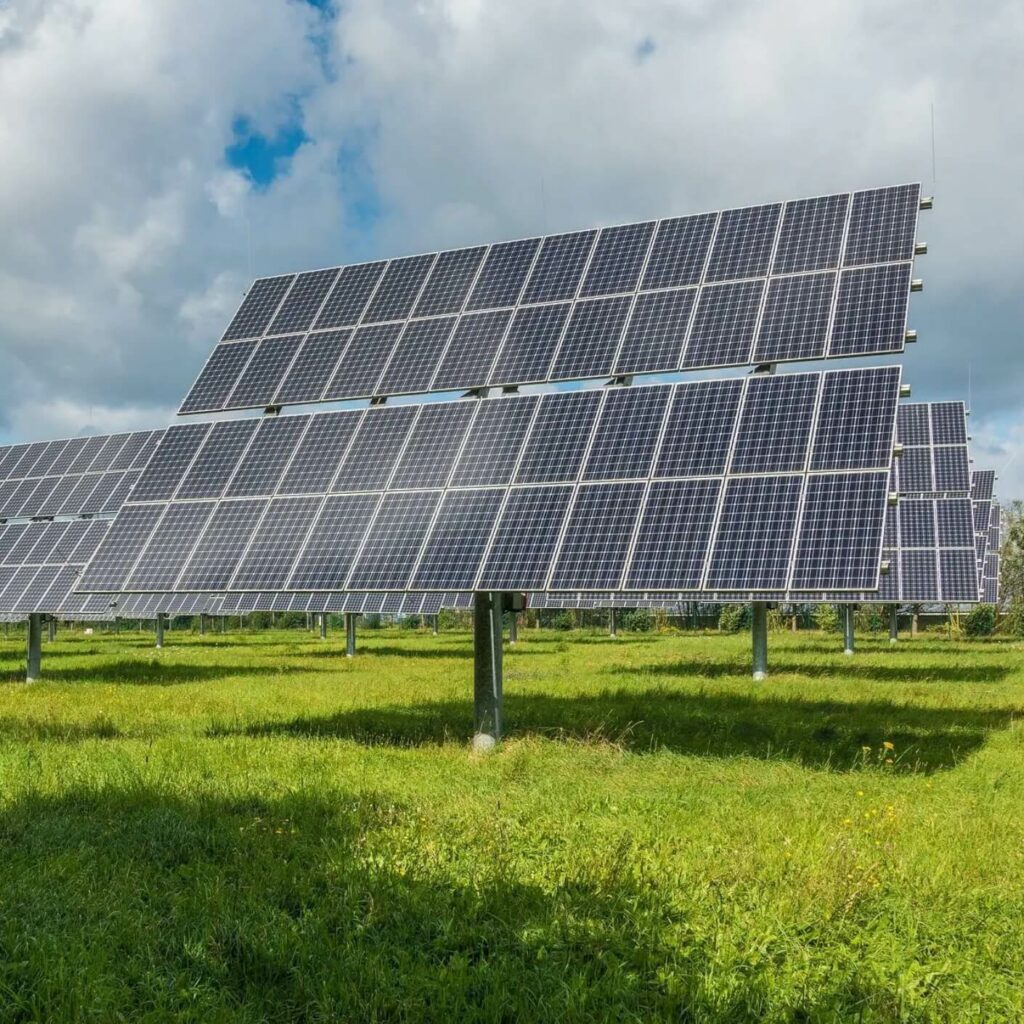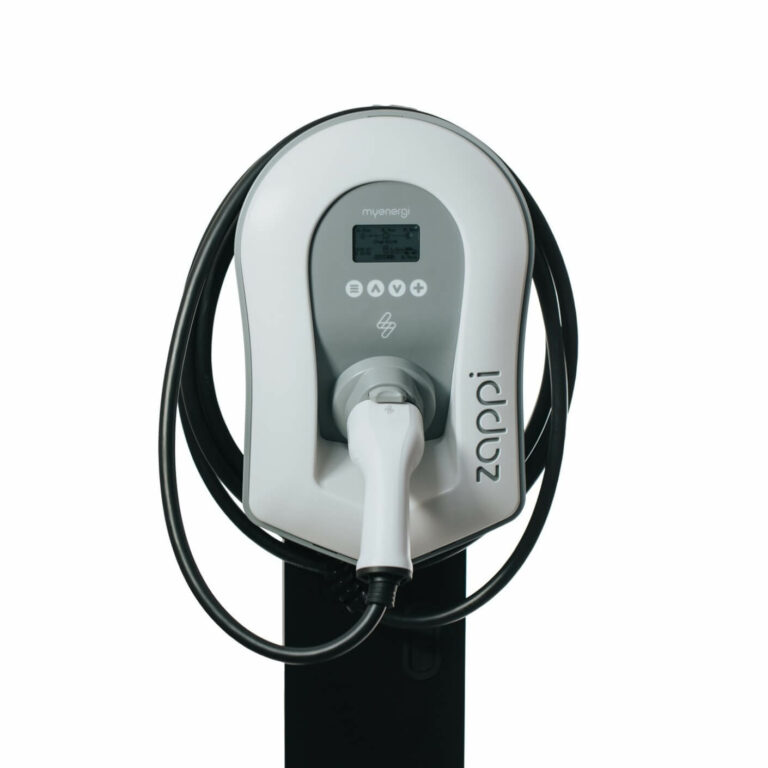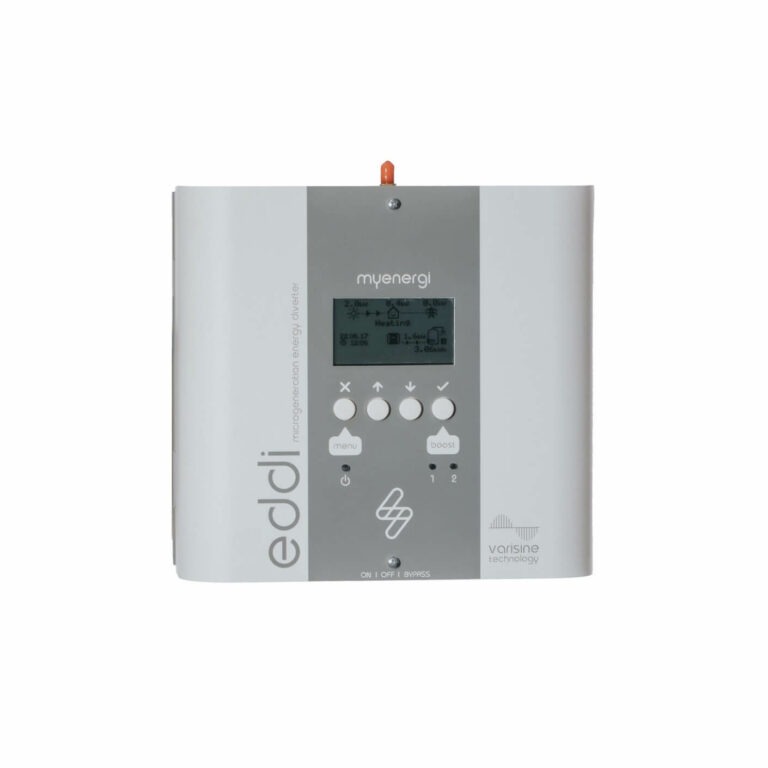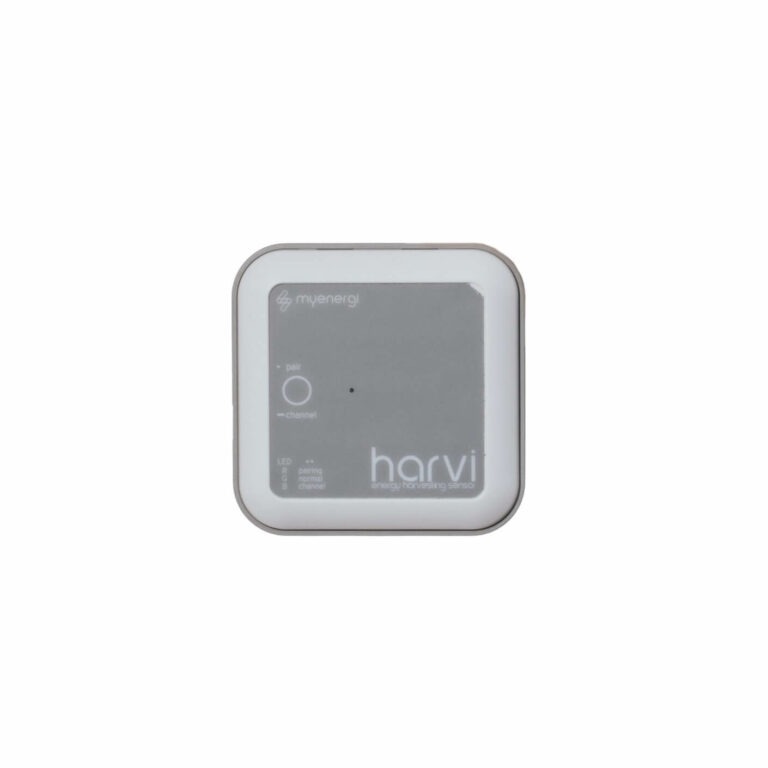The Renewable Energy Definition You Need To Know
When something evolves as quickly as renewable energy, it can be tricky to keep up with the latest definitions and jargon. With new technologies released and entering our homes on a regular basis, it’s easy to get bogged down in the terminology.
However, at myenergi, we feel that an opportunity has arisen for us to go back to basics on the principles that define us.

What is the renewable energy definition?
Renewable energy is often described as clean energy or green energy. These terms all mean the same thing, the renewable energy definition as indicated by the Oxford dictionary is ‘energy from a source that is not depleted when used, such as wind or solar power.’
It is essentially energy that can be harnessed and used which comes from natural sources or processes that are constantly replenished and in theory, will never die out.
Part of our company mission is to inspire and educate as many people as possible about the role each of us can play in helping to save the planet. A huge part of that is educating everyone on the fundamentals of what we do, how we do it, and most importantly, why we do it.
So without further delay – here is our myenergi glossary of all the renewable energy definitions and myenergi terms that you may come across, and what they really mean.
Climate Change Definitions
Any significant change in temperature, precipitation, wind, and weather – different from the norm – is known as climate change. It is one of the biggest crises humanity is facing, and covers more than global warming as it refers to all types of changes happening to our planet.
Here are some of the keywords and phrases associated with this phenomenon…
Global Warming
Commonly associated with climate change, global warming describes the increase in the overall temperature of the earth’s atmosphere.
Global warming is thought to be caused by the greenhouse effect – which in turn is caused by increasing levels of carbon dioxide, CFCs, and other pollutants in the atmosphere.
Carbon Footprint
A term used to describe the amount of carbon dioxide released into the atmosphere as a result of the actions of an individual, organisation or community.
Chlorofluorocarbons (CFCs)
Chlorofluorocarbons are a group of chemicals that are made up of chlorine, fluorine, carbon, and hydrogen.
It was discovered in the 1970’s that they were causing a chemical reaction that was destroying the ozone layer, and contributing heavily to global warming.
They were found in fridges and spray cans, and were commonly used until the early 2000’s until they were banned completely.
Greenhouse Effect
The greenhouse effect refers to the trapping of the sun’s heat in our atmosphere. It happens when the sun’s rays reach the Earth’s atmosphere, and are unable to be reflected back out again. This happens because the rays are absorbed and re-emitted by greenhouse gases.
Greenhouse Gases
Greenhouse gases are any gases that contribute to the greenhouse effect by absorbing the sun’s radiation. Carbon dioxide and chlorofluorocarbons (or CFCs) are the two most common greenhouse gases.
Fossil Fuels
Fossil fuels were formed from the remains of dead organisms over millions of years. They are non-renewable, finite resources like crude oil, coal and gas – so when they are used up, they can’t be replaced.
The Ozone Layer
The Ozone Layer is part of the earth’s atmosphere that forms a barrier over the planet. It helps keep out harmful radiation from the sun that contributes towards global warming.
Renewable Energy Definitions
Renewable energy is any sustainable energy that comes from natural resources: like geothermal heat, sun, wind and water. Renewable energy also includes biomass, hydroelectricity, solar electricity and heat, geothermal energy, wave, wind and tidal power.
Biomass
Biomass can be defined as any organic matter that is available on a renewable basis. This includes organic waste from industrial sources, plants or animals. Biomass is burned to release energy, by either providing heat or steam that spins turbines.
Geothermal Energy
Geothermal energy is defined as heat derived from within the sub-surface of the earth, which carries geothermal energy to the surface by water or steam. A geothermal power plant works by using the heat from steam or hot water reservoirs underground to drive an electrical generator.
Hydropower
Hydropower refers to energy that is converted to electricity through flowing water. It’s usually generated through the motion of flowing water turning turbines that spin a generator to generate electricity.
Solar Power
Solar Power is energy that derives from the sun. It can be harnessed in several ways, including through photovoltaic (PV) and concentrated solar power systems (CSP). These systems work by absorbing the energy from the sun that shines on the panels, which creates electricity.
Tidal Power
Tidal power is energy that is produced from the tides of the sea, by making use of the difference between lower and higher tides. Tidal power captures the energy from moving water by using a turbine to generate electricity.
Wave Power
Wave power is created by harnessing the kinetic energy made from the waves of the sea. Similarly to how tidal power works, the individual waves from the sea turn a turbine attached to a generator that generates electricity.
Wind Power
Wind power harnesses the power of the wind, by using the kinetic energy made by the wind moving wind turbines to generate electricity.
Wind turbines are used to harness wind’s kinetic energy and turn it into mechanical power, and can vary in size depending on whether they are onshore or offshore.
Renewable Energy Technology Jargon
- Smart Meter – A smart meter records the consumption of electricity at short intervals, and provides real-time data about how much electricity your home is using and how much it costs. It can also control electricity usage remotely.
- Low Carbon Energy – The term low carbon energy refers to any technology that minimises the amount of carbon dioxide (or greenhouse gases) emitted into the atmosphere. Low Carbon Energy tech can be any renewable energy source, and can also include nuclear power.
- Solar Power Diverter – A solar power diverter is a way of storing solar electricity. These devices are growing in popularity as they can save you a lot of money. How? By preventing electricity produced by solar panels being automatically exported back to the national grid, and storing it instead.
- Watt (W) – A Watt is how we measure how much power or energy is used by a circuit, and it is calculated by multiplying the Voltage times the Current. A television can use anywhere between 80 to 400 watts an hour, and a lightbulb uses around 60.
- Kilowatt Hour (kWh) – Commonly seen on electricity bills, a kilowatt hour is the term used to measure electricity usage. It is equivalent to a power usage of one thousand watts for one hour.
- Electric Vehicle (EV) – An electric vehicle is a vehicle that runs solely on electricity, and uses one or more electric motors for movement. Electric vehicles emit less greenhouse gases and air pollutants than a petrol or diesel car, and don’t use finite fossil fuels.
- Photovoltaic (PV) – Photovoltaic refers to the technology used to directly convert light from the sun into electricity.
- Hybrid Vehicle – A hybrid vehicle is a combination of an electric and a petrol / diesel car engine in the same vehicle. They are used as a more renewable alternative to petrol and diesel cars, as they reduce greenhouse gas emissions by using less fuel and emitting less polluting chemicals and waste.
- Battery Electric Vehicles (BEV) – A Battery Electric Vehicle (commonly known as a BEV) is an electric vehicle that is only powered by a battery. They don’t have a petrol or diesel engine and are 100% electric.
- Plug-in Hybrid Electric Vehicle (PHEV) – A Plug-in Hybrid Electric Vehicle is a vehicle that has a combination of an electric battery and a petrol or diesel engine. The difference between a PHEV and a Hybrid Vehicle is that a PHEV can be recharged by plugging the car in to charge the batteries. PHEVs tend to have a greater electric range than conventional hybrids – which means that they can travel further on electric power alone before the petrol / diesel engine starts up to help.
Myenergi Technology

zappi
Our smart electric vehicle charger, zappi, uses self-generated energy from solar or wind sources (like PV or wind turbines) to charge your electric vehicle. It can also be used with electricity from the grid to start charging at the most cost-efficient times, which it does automatically.

eddi
eddi is a solar power diverter for free water and space heating, that uses excess energy from your solar panels or wind turbine to store and then use.

harvi
Our energy harvesting wireless sensor, harvi, can be used alongside zappi and eddi. harvi is an energy monitor that can measure how much energy you are using, and suggest cleaner, cheaper ways to run your car, home and appliances.
Learn more about renewable energy
By educating as many people as possible about what renewable energy means for our planet, we’re taking the first steps to an entirely sustainable future for us all.
Here at myenergi, we’ll never stop trying to provide solutions and resources to make the world a better and kinder place. We have made it our mission to empower people to step forward and embrace a greener collective future.
If you’d like to learn more about what we do, which is more than just a renewable energy definition! – please feel free to get in touch with our Green Team!
Contact us
